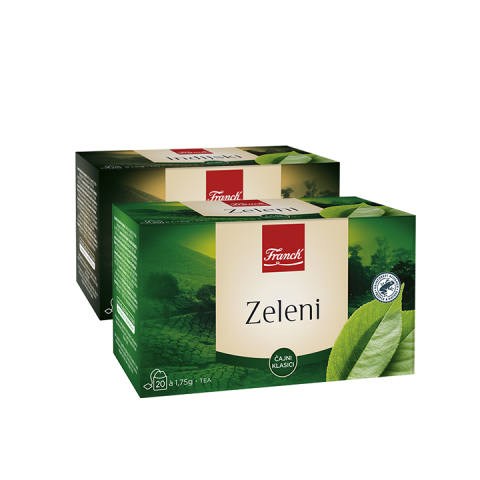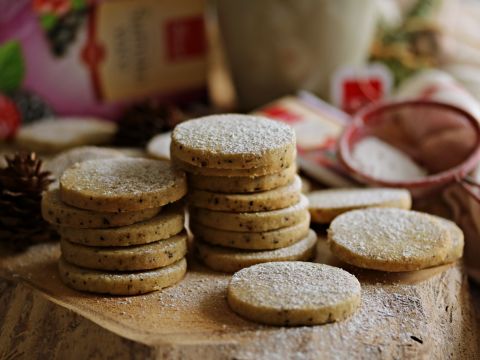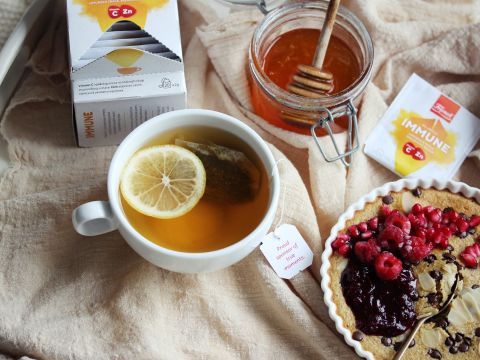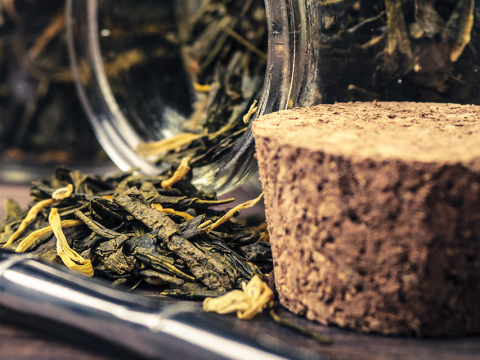Camellia sinensis is the plant that gives all real teas. The homeland of tea is China, though native species may also be found in other countries.
Legend has it that the first tea was discovered by the Chinese Emperor Shen Nong in 2700 B.C., when he was napping under a tea tree. Shen Nong was well known as a follower of traditional medicines, and often tried out the effects of plants on himself. Some legends go so far as to say his skin was transparent, allowing him to see exactly the effect that each plant was having.
Camellia sinensis is the name of the bush or small tree. Its leaves and leaf buds are used to make the real teas – white, yellow, green, oolong, black and fermented teas. All real trees come from the plant Camellia sinensis, without exception.
Climate
Many years ago, the Italians attempted to grow tea, but failed. The reason is the climate and terrain, which must be suitable for growing tea. Camellia sinensis requires a certain quantity of rain and sunshine in order for the bush to succeed. The final flavour of the tea will always depend on the area where it is grown. However, others have attempted to grow tea in Europe, with interesting results, but only after knowledge about tea growing became more accessible, and cultivate areas were selected more carefully.
Appearance
Camellia sinensis is not only a bush, but depending on the variety, it can grow into a real tree. Such trees are common in uncultivated wild areas, and the leaves from these trees are usually used to create the fermented teas or Chinese Dancong teas. Camellia sinensis has tiny flowers which can also be found in certain tea types, though this very, very rare.
Varieties
There are several varieties of the plant Camellia sinensis. The best known and most often found in tea cultivation is Camellia sinensis var. sinensis and Camellia sinensis var. assamica. The Sinensis variety is a native Chinese plant, while Assamica has been found in the Indian province of Assam, after which it was named. The first is very suitable for green and oolong teas, while the second is usually used for black and fermented teas.
Cultivars
There are many, many cultivars of teas. Each country that cultivates tea has its own cultivars. The cultivars of teas can be viewed similar to the cultivars of wine. Some cultivars are reserved for a specific type of tea, while others can be used for different types.
In Japan, there are currently about 50 cultivars of tea, the most widely distributed is Yabukita. More than 90% of all tea plantations in Shizuoki are made up of the Yabukita cultivar.
Health
Camellia sinensis was initially used in Chinese medicine as a medicine. Today it is popular due to its content of the polyphenols that have antioxidant properties. Many other types of tea have developed from this plant, and have various uses, e.g. Benifuki tea, which is used to relieve the symptoms of allergies, or Gaba tea, which is used to reduce high blood pressure.
Caffeine
What is interesting is that Camellia sinensis contains caffeine, though in much lower proportions than coffee. There is no type of real tea that does not contain caffeine, though in some cases, it can be almost negligible. The share of caffeine in tea cannot be determined only by the type of tea, but also by the quality of the leaves, type of processing of leaves, manner of preparation, and many other factors. The caffeine in tea is called theine.






